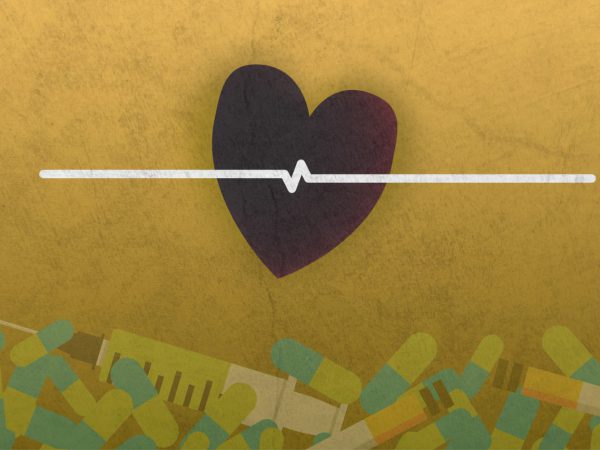Alex Cohen is the Director of Learning and Evaluation for the Richard M. Fairbanks Foundation.
The opioid epidemic continues to take a devastating toll in Indianapolis and across the state. While there are no silver bullets, there are interventions that have strong evidence for impact. Chief among them is medication-assisted treatment, or MAT.
MAT is often controversial because of the common misconception that it simply substitutes one drug for another (i.e., methadone for heroin). On the contrary, medications like buprenorphine and methadone provide a limited dosage to reduce cravings and withdrawal and help individuals with opioid use disorder on their path to recovery.
Most importantly, it works. There is ample scientific evidence that MAT “successfully reduces substance use, risk of relapse and overdose, associated criminal behavior, and transmission of infectious disease, as well as helps patients return to a healthy, functional life.”
As a result, expanding access to MAT is a key strategy for addressing the opioid epidemic. A look at the data from Marion County, however, reveals that the total need for treatment for opioid use disorder outstrips MAT treatment capacity.

An estimated 8,000 people in Marion County suffer from opioid use disorder and may therefore benefit from MAT. MAT can be administered through physicians who have applied for a special waiver to administer buprenorphine to a limited number of patients or through Opioid Treatment Programs, which provide medications, including methadone, and counseling. However, the total number of patients able to be treated in Marion County, either through certified physicians or Opioid Treatment Programs, is just 4,500.
This means that even if certified physicians were prescribing to as many patients as their waiver allowed and Opioid Treatment Programs were operating at full capacity, just 56% of people with opioid use disorder would receive treatment, leaving 3,500 without access.
These numbers underscore the need for ongoing support to expand access to MAT and overcoming barriers like stigma and misinformation about this evidence-based treatment. All who are working to tackle the opioid epidemic in Indiana should focus on what the evidence tells us—and not on anecdotes or misinformation.
—



